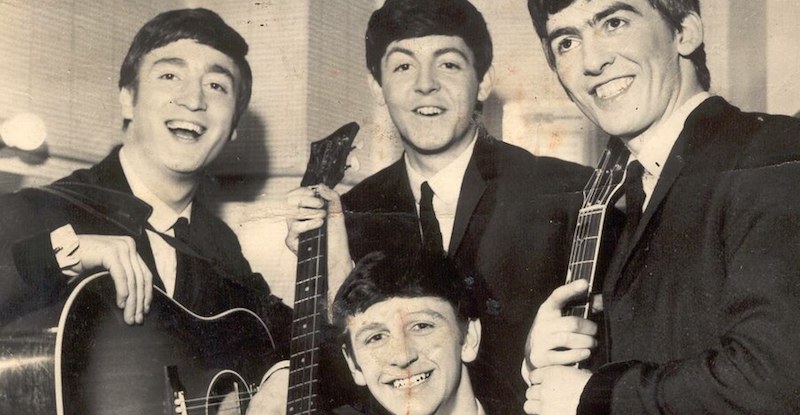
About the Song
A single take. A shredded voice. A moment that changed rock ’n’ roll forever.
When The Beatles recorded “Twist and Shout” on February 11, 1963, no one could have predicted that a cover of a modest Isley Brothers hit would become one of the most electrifying moments in rock history. Placed as the explosive closer on their debut album Please Please Me, this two-minute fireball captured the energy, rebellion, and raw charisma that would soon make The Beatles a global phenomenon.
It was the final song of a marathon recording session—and John Lennon, already battling a cold, had just one take left in him. With his voice on the edge of collapse, he tore into the microphone like it was his last chance to be heard. What followed was not just a performance—it was a release. A scream from the soul, reckless and unforgettable.
The guitars were sharp, the rhythm was tight, but it was Lennon’s ragged, ferocious vocal that made “Twist and Shout” immortal. It was punk before punk. Rock before it had rules. And for a generation just beginning to feel its own restlessness, it was liberation in stereo.
Over the decades, the song has become a staple—at weddings, in films (who could forget Ferris Bueller’s Day Off?), and in the hearts of fans around the world. But no version has ever matched the raw, aching magic of that original take by four young lads from Liverpool who were about to change everything.
“Twist and Shout” isn’t just a song—it’s a revolution caught on tape. And it still makes you want to stand up, sing loud, and shake the world.